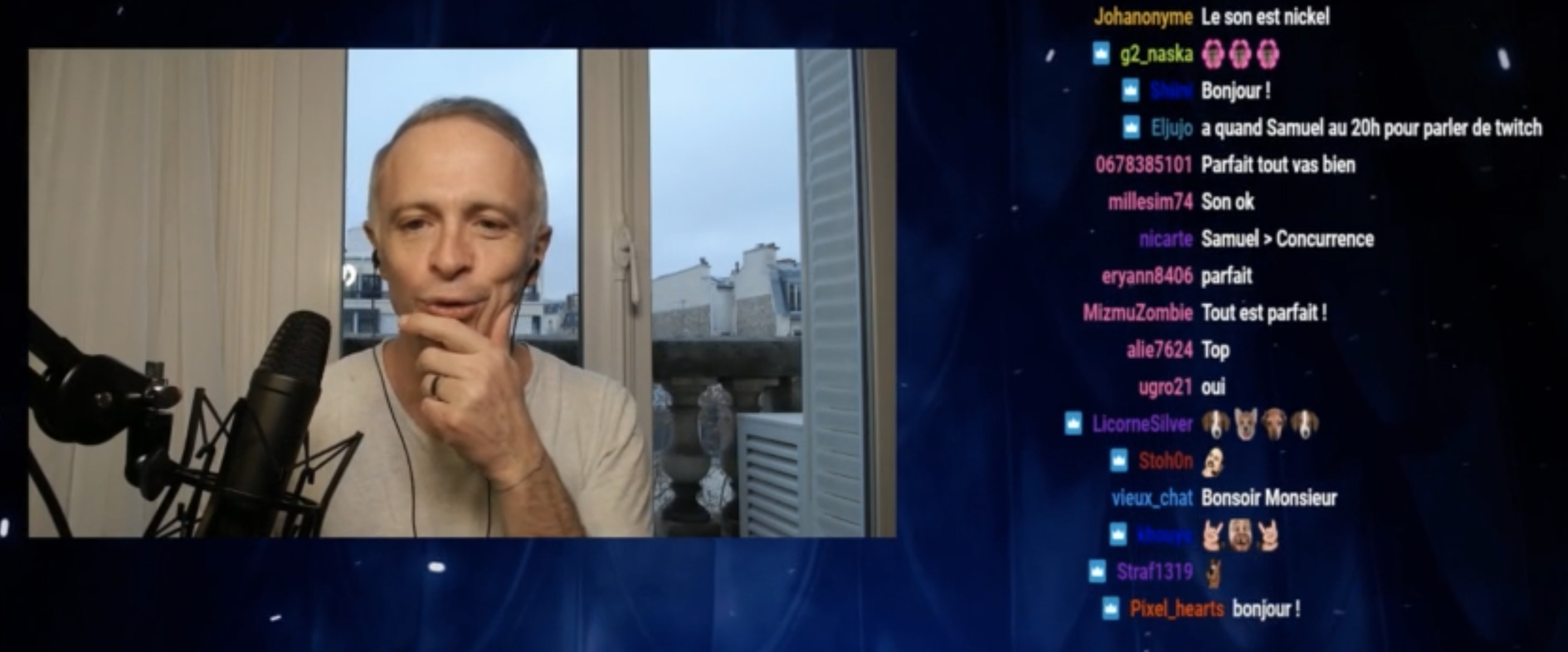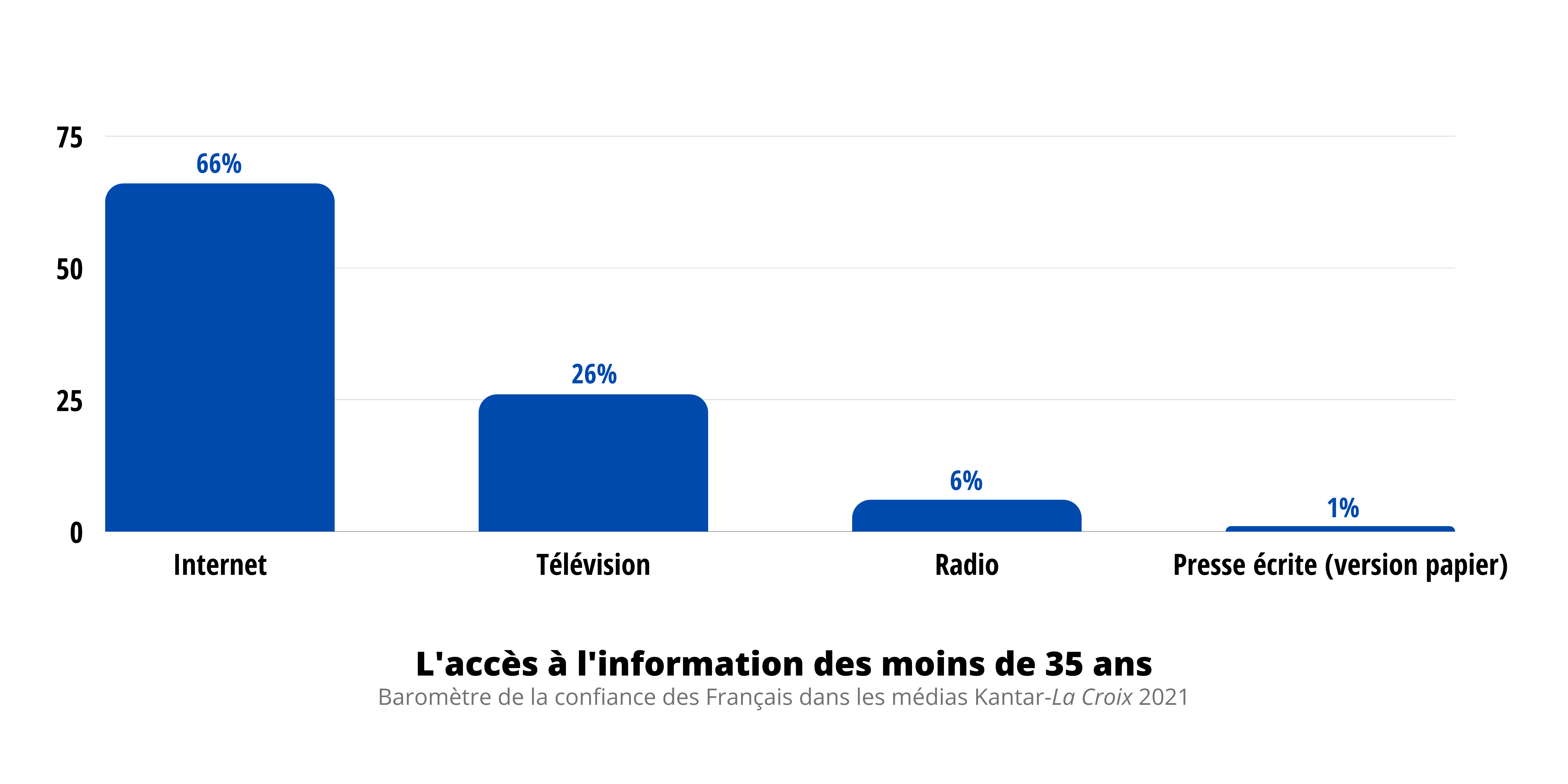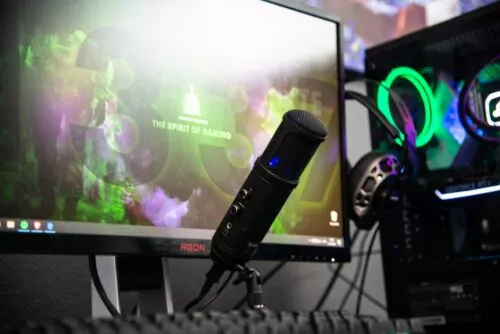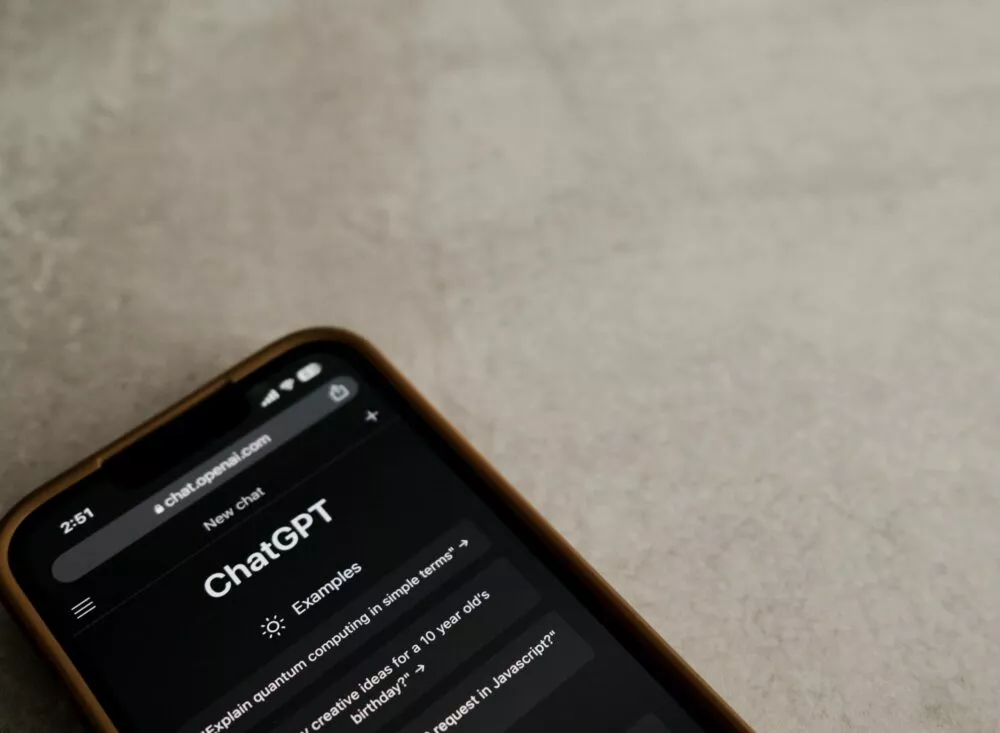The phenomenon is growing. According to Médiamétrie's 2020 Internet report, 5 million French users connect to Twitch at least once a month, with nearly a million visiting daily.
Simultaneously, traditional audiovisual players are facing audience erosion. Whether in print media, radio, or television, traditional media is struggling in the digital landscape. The impact of Twitch has logically pushed them to initiate various endeavors. Some had already ventured onto the platform long before its success, anticipating the trend among their peers.
Twitch: A new way to disseminate information.
As early as 2020, the Franco-German channel Arte began regular streams. Their first major success on the platform? Their dedicated gaming show, 'Jour de Play,' which debuted during lockdown. With over 550,000 cumulative views, the venture proved successful. Marie Berthoumieu, web program manager at Arte, shared in an interview with the National Center for Cinema and the Moving Image in 2021, “Arte joined Twitch during a video game game jam organized by the channel. We wanted to share live moments to capture this event. However, we had been contemplating Twitch for a while and noticed a surge in live practices. We were sensitive to these signals”.
This success sparked the interest of other media outlets, prompting them to set up camp on the platform. In January 2021, France Télévisions organized its first Twitch livestream, adapting its #OnVousRépond format to fit the codes of this new channel. For two hours - or more, as there's no longer the need to wrap up - Dr. Damien Mascret answered live questions from internet users about Covid vaccines, alongside journalist Samuel Etienne, who was already familiar with this format. In fact, the France Info journalist and 'Questions pour un champion' host has been conducting a daily press review on his personal channel since 2020. With over 15,000 regular viewers, his show “La Matinée est tienne” breaks audience records, positioning itself as the top French stream during this time slot. 'I am surprised by this success,' admits the journalist in an interview with Le Monde in January 2021. “When I launched this project, it was for my own pleasure. To express myself freely and unfiltered”.

On equal footing
More than just a new way to disseminate information, Twitch brings a new dimension to the relationship between media and the public: interaction.
"What's important on Twitch is the proximity of the host to their community. We break away from the distance of television, the concept of information coming from above, and show the human side," explains Elise Colette, Deputy Director of Digital at Public Sénat, to Stratégies. "The big difference is the immediacy, the spontaneity of the dialogue. We respond directly to people, and that changes everything," adds Edouard Reis-Carona, Digital Editor-in-Chief at Ouest-France. This closeness is due in part to one of the platform's great strengths: the chat. Viewers are no longer just an audience; they react live. The stream becomes a collective experience where host and audience are on equal footing.
Due to interaction, the tone is more liberated than that of a television studio. "Twitch is built on this idea of dialogue. We're not in something as structured as television; it's a bit more casual. It's a different way of doing journalism," explains Eléonore Gay, Deputy Director of News at France Télévisions. Thus, more than on any other social network, it's the authenticity of the exchanges that drives Twitch's success.
A co-construction of information in real-time, a less formatted tone, and the adoption of new digital channels... indispensable tools to reconquer the younger audience. Because the stakes are high: only 38% of young people aged 18 to 24 declare an interest in current affairs, according to the 35th Trust Barometer in the Media by Kantar-La Croix in 2022.
Younger generations don't consume news like their elders. While they may shun traditional media, they invest heavily in digital media: 66% of young people get informed on the Internet, compared to 26% via television, according to the Kantar-La Croix barometer. Could Twitch be the key? The track is promising: 55% of Twitch's audience is aged 18 to 34. In comparison, the average age of a television viewer is 56, according to a Publicis Media study in 2021.

“Young people are on their phones, we need to reach them where they are”, Bruno Patino, President of Arte, confided to Télérama in 2021. The arrival of traditional media on Twitch suggests the creation of new formats. And for good reason: hosting a Twitch stream isn't just about changing the broadcast channel of a TV show. Understanding the platform is essential. “It's important to truly understand the grammar of this platform without imposing our media point of view”, insists Gilles Freissinier, Director of Digital Development at Arte, in an interview with Stratégies. “There's a fine balance to strike between not being too much like television and yet not coming across as too amateur”, emphasizes Flore Galaud, Deputy Editor-in-Chief at LCI responsible for video and digital innovation. Perhaps that's the challenge for traditional media: embracing the codes of Twitch to carve out their space in this new realm of interactivity.
Emma Alcaraz








